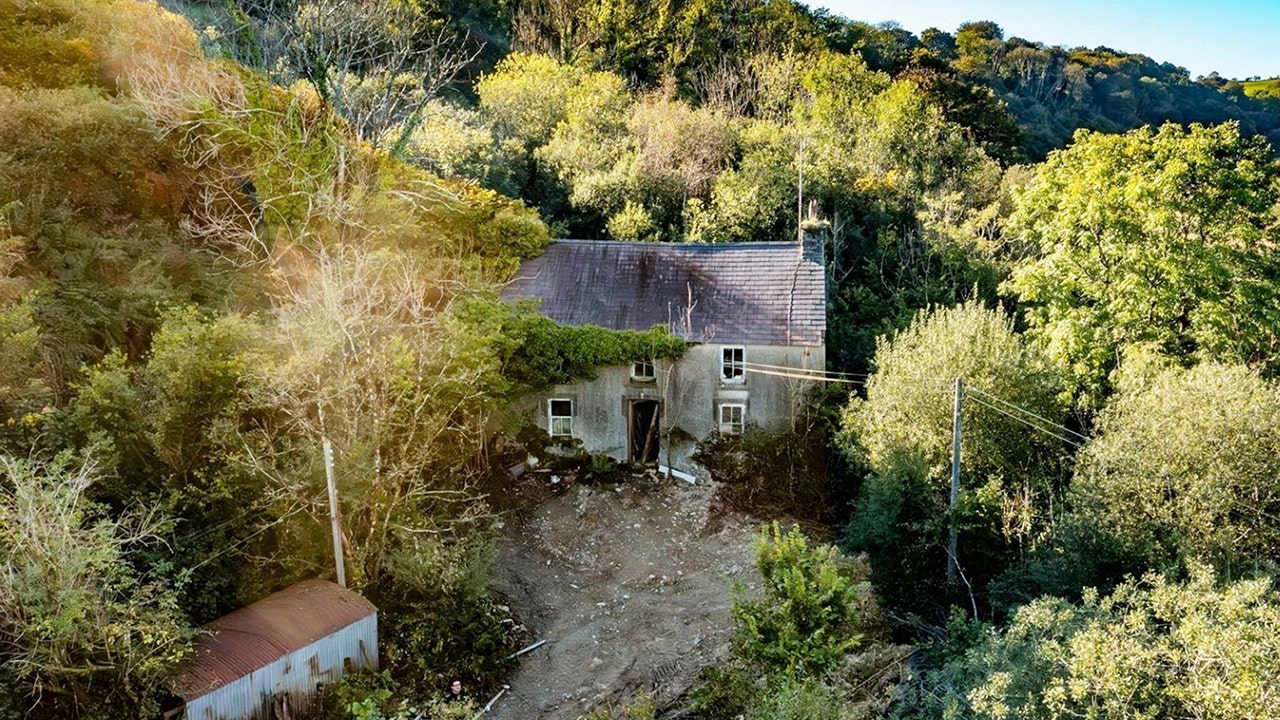SWFL Locals Are Pushing for Lake O Water to be Moved Through Everglades
Southwest Florida (SWFL) locals have long been concerned about the devastating effects of Lake Okeechobee’s water release on their environment and communities. The excessive release of water from the lake, known as releases, causes harmful algal blooms, fish kills, and beach closures, posing a threat to the local ecosystem and economy. As a result, residents and environmental activists are fervently advocating for an alternative solution: moving water through the Everglades. This article delves into the ongoing push for redirecting Lake Okeechobee’s water through the Everglades and the potential benefits it may bring.
The Current Problem: The Destructive Lake Okeechobee Releases
Each year, the U.S. Army Corps of Engineers releases billions of gallons of water from Lake Okeechobee into the Caloosahatchee and St. Lucie rivers to prevent flooding around the lake. Unfortunately, this discharge often contains high levels of pollutants, including nutrients from agricultural runoff, which disrupt the delicate balance of the local ecosystems. The excess nutrients fuel harmful algal blooms, leading to oxygen depletion, fish kills, and threats to human health.
Environmental Impact and Economic Consequences
The environmental consequences of these water releases extend far beyond the immediate effects. The algal blooms damage seagrass beds, suffocating marine life and causing a ripple effect up the food chain. Manatees, dolphins, and other marine animals suffer from malnutrition and disease due to the loss of their primary food source. The once-pristine beaches, a significant attraction for tourism, are often closed due to high levels of toxins, leading to severe economic repercussions for the region.
The Everglades Alternative: A Solution to the Crisis?
SWFL locals, along with environmental organizations, argue that redirecting the water from Lake Okeechobee through the Everglades provides a more sustainable and natural solution to the ongoing crisis. The Everglades, a unique ecosystem recognized internationally for its biodiversity, used to act as a natural filtration system for this water before man-made modifications disrupted its flow.
Recreating Historical Water Flow
Restoring the Everglades’ natural flow would involve constructing man-made marshes and water conveyance systems that mimic the historical path of the water. By moving the water southward from Lake Okeechobee into the Everglades, this alternative seeks to reduce the environmental and economic impacts caused by the harmful releases. Advocates of this plan argue that it would help distribute more water to the southern parts of the state, rehydrating parched lands and replenishing vital wetland habitats.
Reaping Environmental Benefits
One of the critical advantages of redirecting the water through the Everglades is that it restores the fragile balance of the ecosystem. The natural filtration system of the Everglades would be able to reduce the nutrient load and cleanse the water of pollutants before it reaches the coast. This approach has the potential to reduce algal blooms, protect seagrass beds, and ensure the survival of marine life. Moreover, providing fresh water to the Everglades would prevent further degradation of the ecosystem and preserve an invaluable habitat for countless plant and animal species.
Challenges and Progress
While the plan to move water through the Everglades offers a promising alternative, it also faces several challenges. One significant obstacle is the acquisition of the required land for constructing the necessary water conveyance system. Landowners and agricultural interests may resist giving up their properties for this purpose, putting potential delays on the progress.
Nevertheless, there have been notable advancements in recent years towards implementing this alternative. The Central Everglades Planning Project (CEPP), initiated in 2012, aims to create a comprehensive plan for improving the health of the Everglades and reducing the harmful water releases. Federal and state authorities have invested substantial funding into this project, indicating a commitment to finding a solution that benefits both the environment and the local communities.
Conclusion
The push for redirecting Lake Okeechobee’s water through the Everglades embodies the collective will and concern of SWFL locals who have witnessed the destructive impact of the current water releases firsthand. By striving to restore the natural flow of water, this alternative solution aims to address the environmental and economic challenges faced by the region. While several challenges remain, progress has been made, showcasing the potential for a more sustainable future, where the fragile ecosystem of the Everglades thrives and SWFL remains a resilient coastal paradise.
*Source www.fox4now.com




































